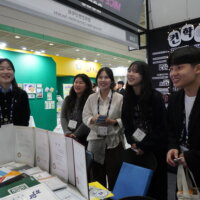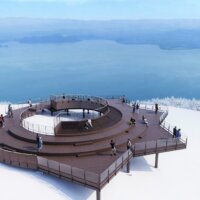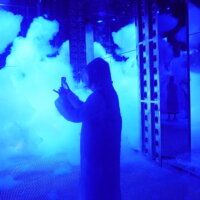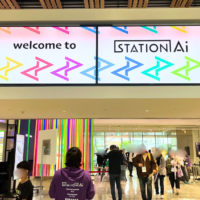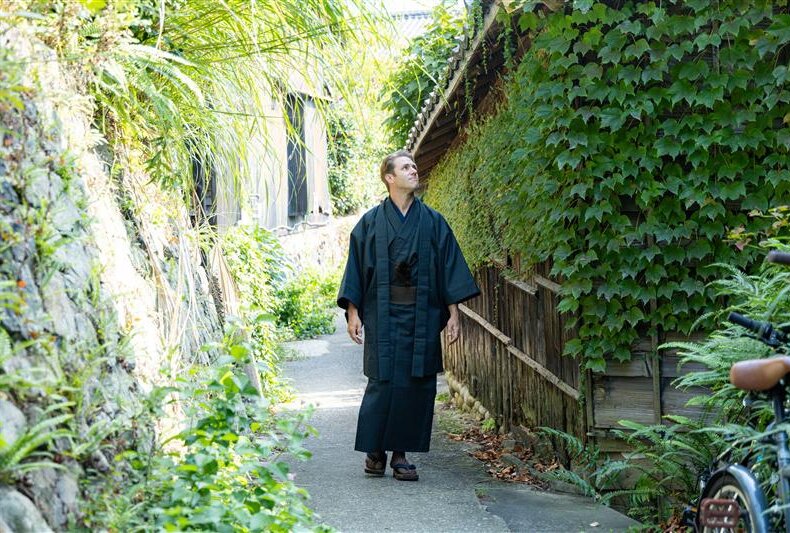
Exploring the Appeal of Aichi Sky Expo: Just a Five-Minute Walk from the Airport and 30 Minutes by Train from NagoyaInterviews with Meitetsu and Chubu Centrair International Airport Reveal Why Tokoname, Aichi—Home to Aichi Sky Expo—is an Ideal MICE Destination
Aichi Sky Expo (Aichi International Exhibition Center) is a leading MICE venue located in Tokoname City, Aichi Prefecture.
In this feature, we take a closer look at the venue’s outstanding accessibility through interviews with Chubu Centrair International Airport Co., Ltd. and Nagoya Railroad Co., Ltd. (Meitetsu). We also highlight Tokoname’s unique appeal as a destination that combines convenience, culture, and hospitality—making it an ideal location for MICE events in Japan.

What Is Aichi Sky Expo – One of Japan’s Largest Exhibition Venues?
Opened in August 2019, Aichi Sky Expo (Aichi International Exhibition Center) is a large-scale exhibition venue built on an expansive site of approximately 280,000 square meters, with a total floor area of around 90,000 square meters and one of Japan’s largest exhibition spaces totaling 60,000 square meters.
Notably, Aichi Sky Expo is Japan’s first exhibition complex directly connected to an international airport, offering outstanding accessibility from major cities both in Japan and overseas.
Interview with Nagoya Railroad Co., Ltd. (Meitetsu): Ride the “μ-SKY” Premium Express from Nagoya Station
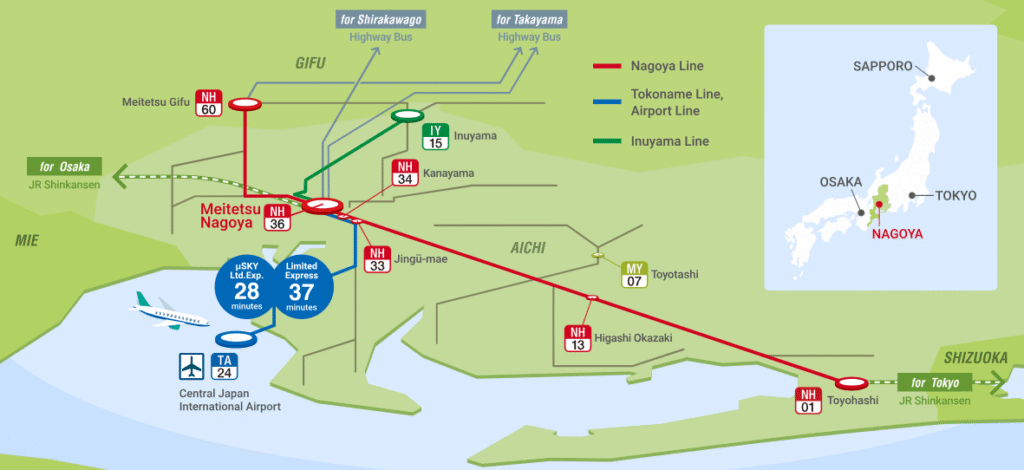
Most visitors to Aichi Sky Expo use Nagoya Railroad (Meitetsu) to reach the venue. The all-reserved-seat “μ-SKY” Limited Express takes only 28 minutes from Nagoya Station to Chubu Centrair International Airport Station (a special seat ticket, called a μ-Ticket, is required). Other options include a regular Limited Express in 37 minutes and a Semi-Express in 48 minutes. Even from Inuyama or neighboring Gifu Prefecture, the trip takes less than an hour.
For those coming from Tokyo, Osaka, or Kyoto via the Shinkansen, the transfer at Nagoya Station is easy—just a five-minute walk, all under cover and protected from the rain.
How to Get There via Meitetsu:

Reserve a designated seat online or at a ticket machine.
Board the train (approx. 28 minutes). The train offers free Wi-Fi, restrooms, reclining seats, and small foldable tables.

Arrive at Meitetsu’s Chubu Centrair International Airport Station.

Walk about five minutes to Aichi Sky Expo.

Interview with Meitetsu Representative
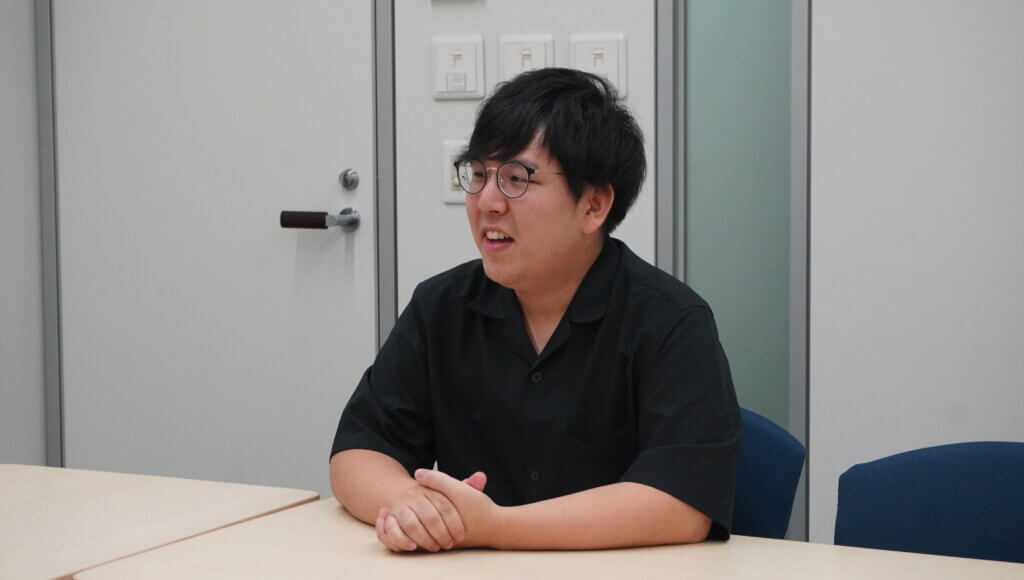
“We have definitely seen a steady increase in users,” said the representative. “During the COVID-19 pandemic, passenger numbers dropped to almost zero compared to 2019. However, by fiscal year 2024, the number of non-commuting and non-school users had recovered to approximately 12,000 per day—108% of the 2019 level. The number of visitors using Aichi Sky Expo has also grown dramatically, from around 600,000 at its opening to about 1.3 million today. We truly feel that the entire airport island has regained its vitality. Aside from commuters, most passengers now travel to these two main destinations—Aichi Sky Expo and the airport. As the number of exhibitions and international conferences increases, rail transportation also continues to thrive.”
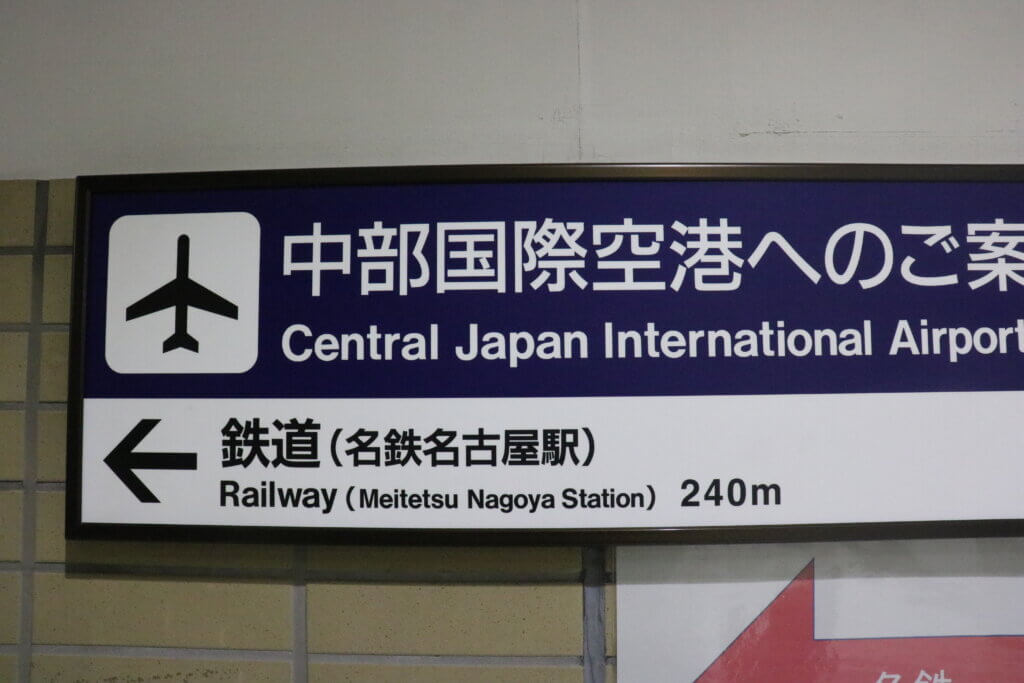
The route from Nagoya Station to Chubu Centrair International Airport Station operates as a direct service with no transfers, making it easy even for first-time visitors.
“As long as you board a train bound for Chubu Centrair International Airport, you’ll arrive directly at the venue—it’s the final stop,” the representative added. “To make navigation easier, airplane symbols are displayed on station signage and inside the train cars, helping newcomers easily find their way.”
Interview with Chubu Centrair International Airport Co., Ltd.: Connecting the World from the Heart of Japan
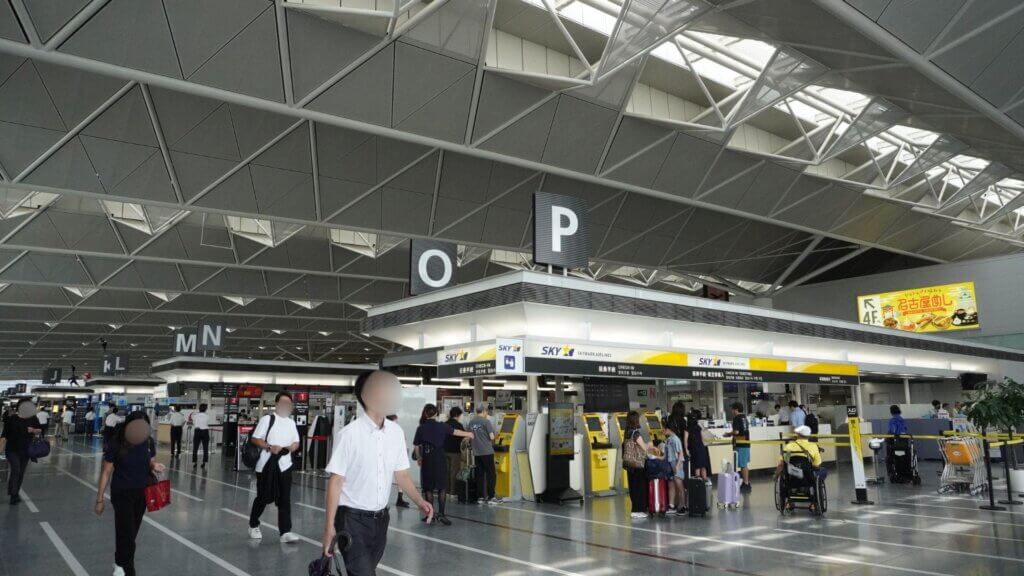
Located right next to Aichi Sky Expo, Chubu Centrair International Airport—commonly known as “Centrair”—serves as a hub airport that truly connects Japan’s center to the world.
As of October 2025, Centrair operates direct flights to 25 international cities and 18 domestic destinations.
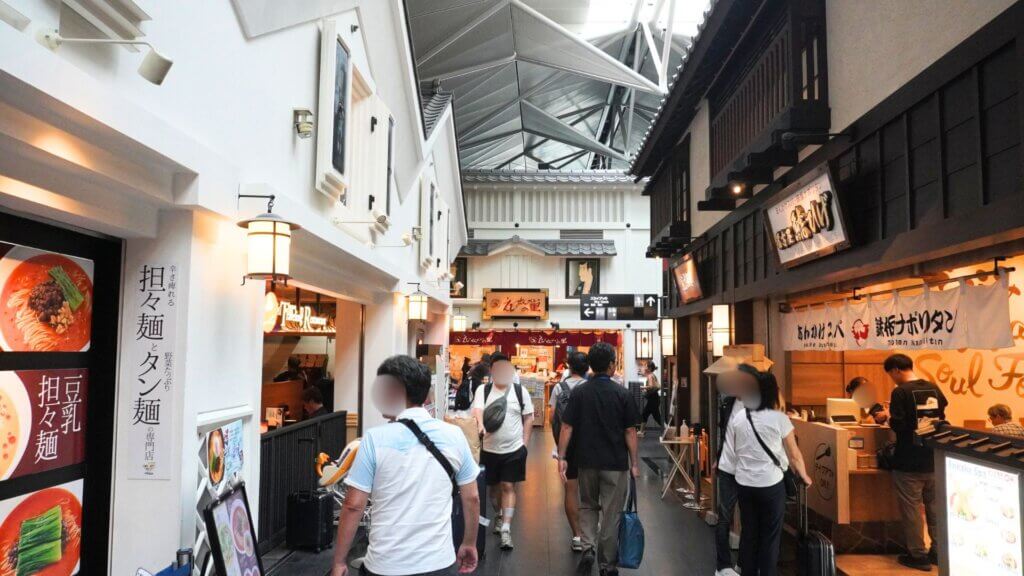
Interview with the Airport’s Public Relations Representative
Opened in 2005, the same year as the Aichi Expo, Centrair was constructed on an artificial island off the coast of Tokoname in Ise Bay. The airport’s design allows both international and domestic flights to be handled within a single terminal. With just a short move from the arrivals floor on the second level to the departures floor on the third, passengers can easily transfer between domestic and international flights—a user-friendly layout that emphasizes convenience.

“Before major events, Aichi Sky Expo provides us with advance information such as expected visitor numbers and event schedules,” said the public relations representative. “We share this information with our guidance and security staff as well as with airport retail and dining outlets. Each team adjusts staffing levels and supply orders accordingly to ensure that all operations run smoothly. For annual recurring events, our coordination and response accuracy have improved year after year, allowing us to provide even more seamless support.”
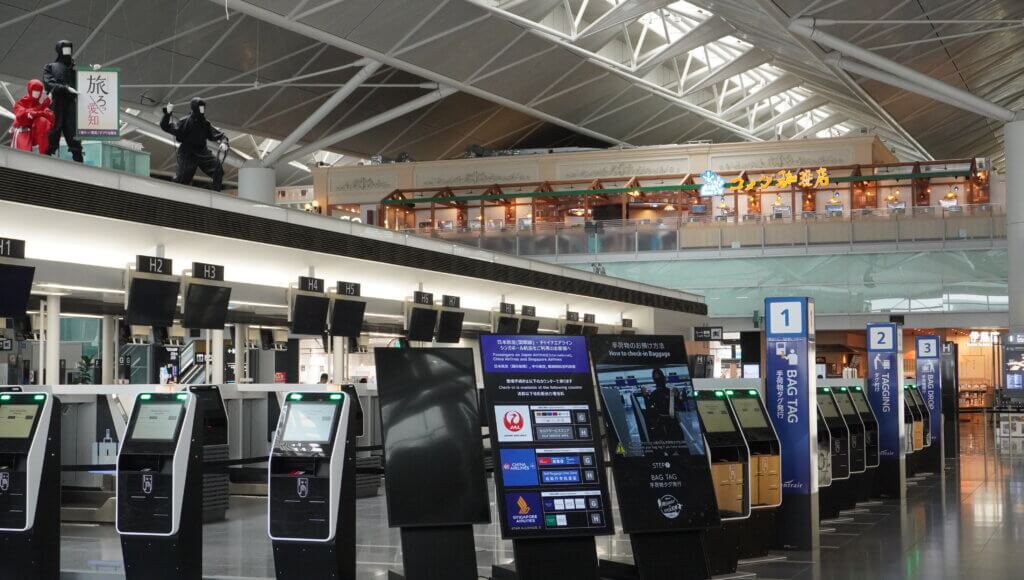
“Since the Chubu region is an industrial hub, we also focus heavily on logistics. Within the airport’s cargo area, aircraft parking stands, international cargo warehouses, and truck waiting zones are located adjacent to one another, enabling loading, unloading, and transportation to be completed efficiently within a single area. The cargo district is conveniently accessible via the Airport Access Road, which connects the airport island to the Chita Peninsula, ensuring smooth and efficient logistics operations.”
Exploring the Charm of Tokoname, Aichi

Tokoname – A City of Pottery
Tokoname, located on the western side of the Chita Peninsula, is a historic pottery town blessed with high-quality clay and abundant fuel resources. The city has flourished as the home of Tokoname-yaki, a pottery tradition that dates back to the late Heian period.
Together with Seto, Shigaraki, Echizen, Tamba, and Bizen, Tokoname is recognized as one of Japan’s Six Ancient Kilns (Nihon Rokkoyō). Among them, Tokoname is known as both the oldest and the largest production area.
Even today, the ceramics industry remains a cornerstone of the local economy. In the city center, the Yakimono Sanpomichi (Pottery Footpath) offers a glimpse into Tokoname’s enduring pottery culture, with old chimneys and kilns lining the streets—a must-visit spot where traditional craftsmanship blends seamlessly with everyday life.
Perfect for After-MICE, FAM Tours, and Excursions: Four Recommended Spots in Tokoname
1. Yakimono Sanpomichi (Pottery Footpath): Experience Japan’s Traditional Ceramic Craftsmanship and Enjoy a Relaxing Stroll (Guided Tour + Free Walk, 90 min)
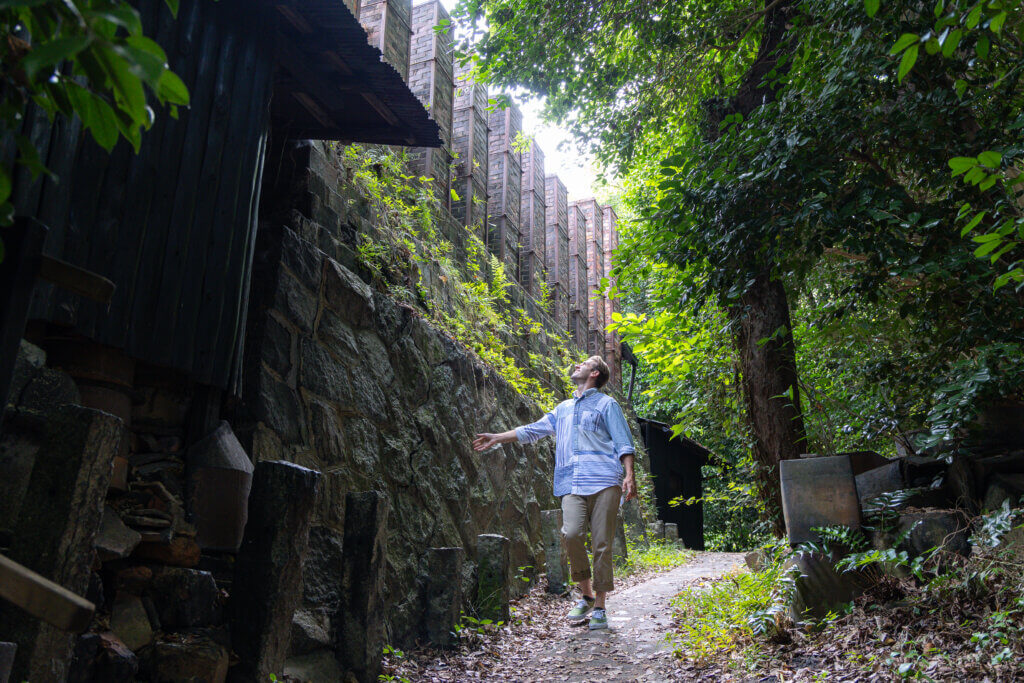
The Yakimono Sanpomichi Pottery Footpath, located on a gentle hill in Tokoname’s central district, is a must-see destination for visitors. The route begins conveniently from the Tokoname Tourist Information Center (Ceramic Hall), where large buses can park easily.
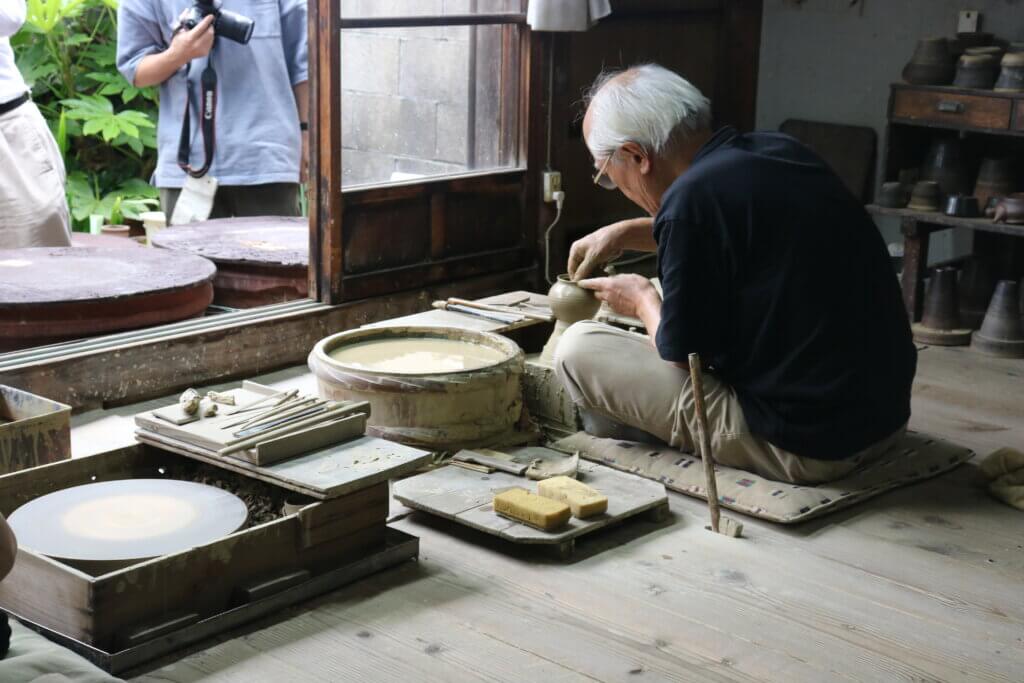
Narrow alleys, old chimneys, and remnants of kilns create a scenery unique to Tokoname. International visitors often describe it as “a town straight out of an old Japanese animated film,” capturing the nostalgic atmosphere of traditional Japan.
2. INAX Live Museum: A Hands-On Experience of the History and Culture of Clay and Ceramics (Observation + Workshop, 120 min)
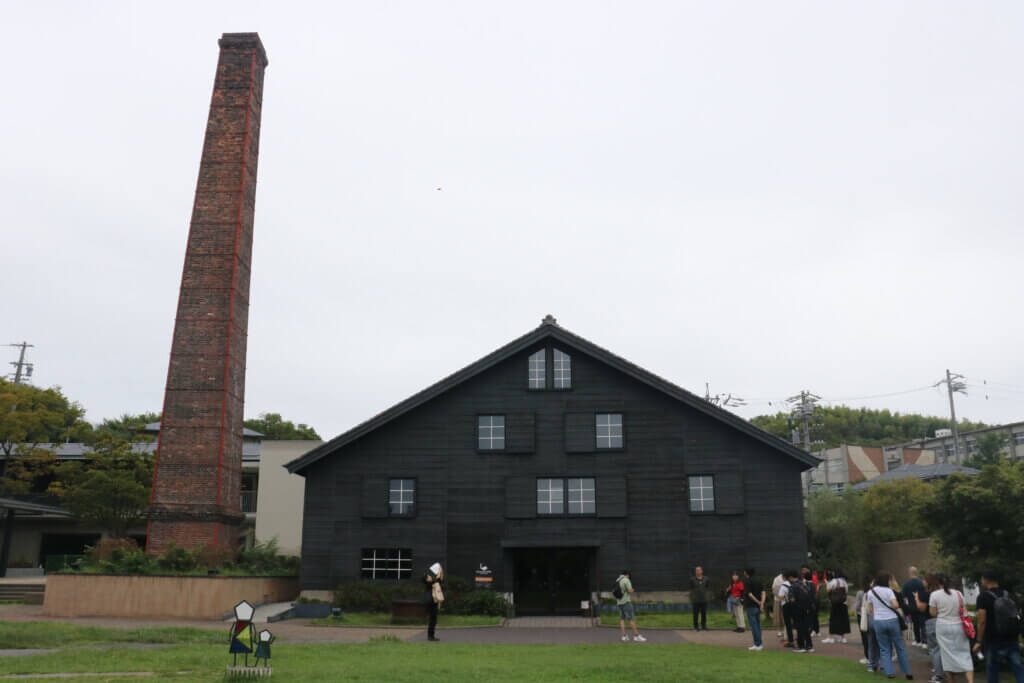
Many are surprised to learn that Tokoname is also known as “the city that built Japan’s toilets.” This is because it is the birthplace of INAX (now part of LIXIL), one of Japan’s leading ceramic manufacturers.
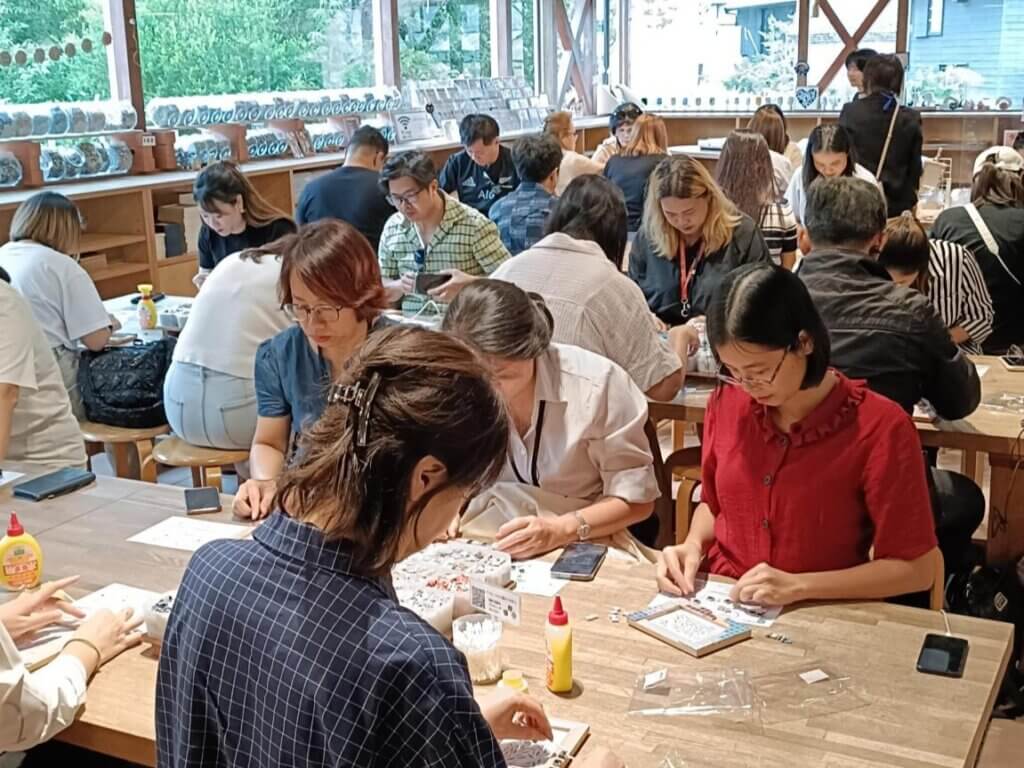
As its name suggests, the INAX Live Museum offers an interactive environment where visitors can see, touch, and create. It provides a multisensory journey into the art and science of pottery, making it ideal for both learning and team-building activities during FAM or incentive tours.
3. Sawada Shuzo Sake Brewery: Learn the Art of Japanese Sake Brewing with English Explanations (Brewery Tour + Tasting + Shopping, 60 min)

Founded in 1848, Sawada Shuzo is a long-established sake brewery representing Tokoname. The highlight of the visit is observing traditional sake-making techniques passed down since the Edo period.
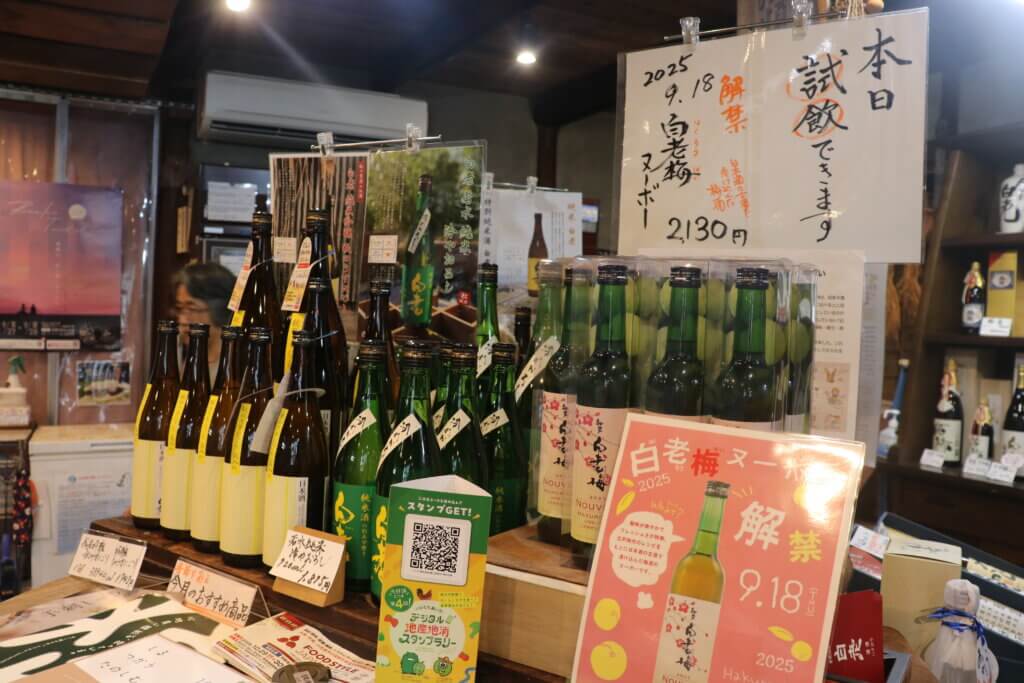
The brewery offers English-guided tours, making it especially popular among international guests who wish to learn about Japan’s sake craftsmanship. A tasting session and on-site shop add to the immersive cultural experience.
4. Bar & Bistro Kyoei-gama: Dine on Local Cuisine in a Renovated Industrial Heritage Site (Meal, 90 min)
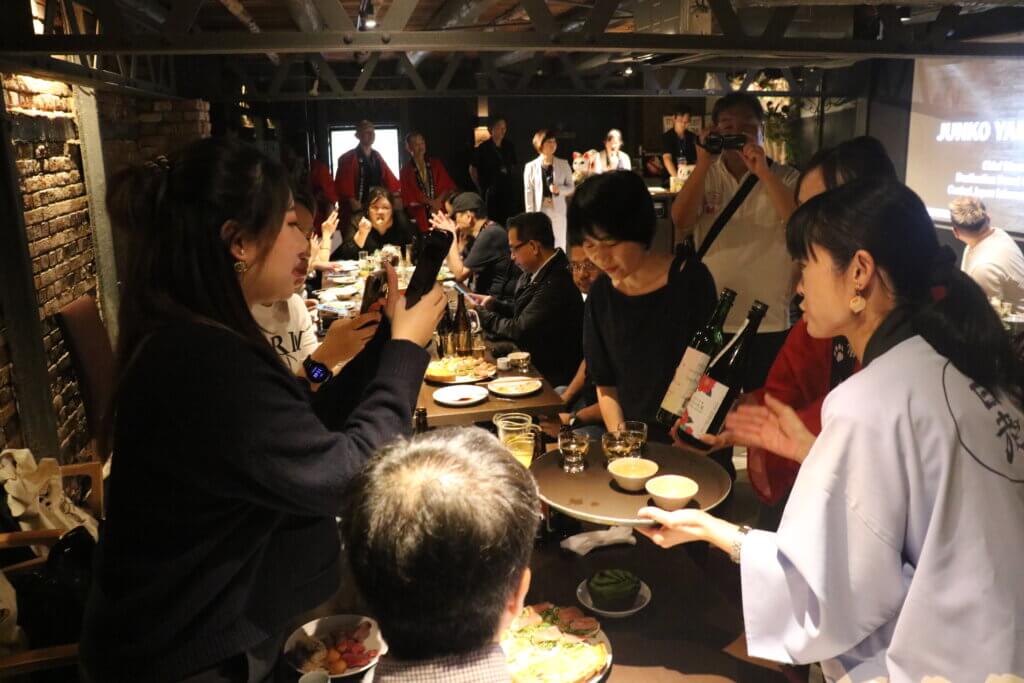
Bar & Bistro Kyoei-gama occupies a renovated Tokoname pottery kiln that once produced clay pipes. The venue retains the original structure of the kiln, which remained operational until 1971, creating a unique atmosphere that blends heritage with modern comfort.
Dishes feature locally sourced ingredients served on Tokoname pottery, offering both visual and culinary delight. The bistro has been used as a reception and luncheon venue for excursions and corporate events, combining local flavor with refined hospitality.
Accommodation and Local Support System in Tokoname
Approximately 4,300 Guest Rooms Available in Tokoname City
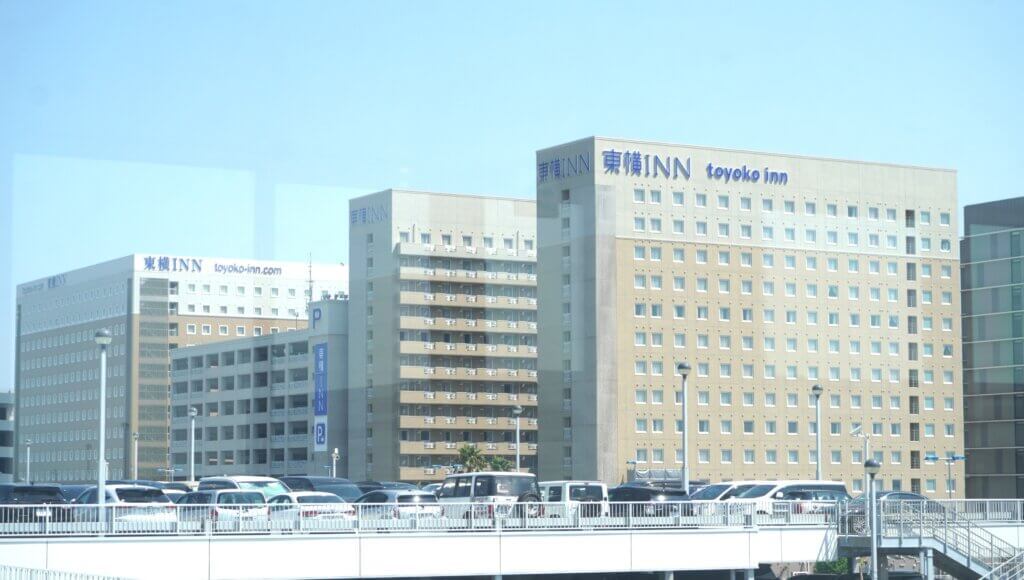
Tokoname City offers around 4,300 guest rooms in total, providing a wide range of options suitable for both group and individual travelers. Choices include major business hotel chains such as Toyoko Inn and Hotel Route-Inn, as well as the Centrair Hotel, which is directly connected to Chubu Centrair International Airport. This diversity of accommodations ensures convenience and comfort for all types of MICE participants.
https://www.tokoname-kankou.net/mice/stay
Free Shuttle Bus “Tokoname Shuttle” Connecting the Airport Island and City Center
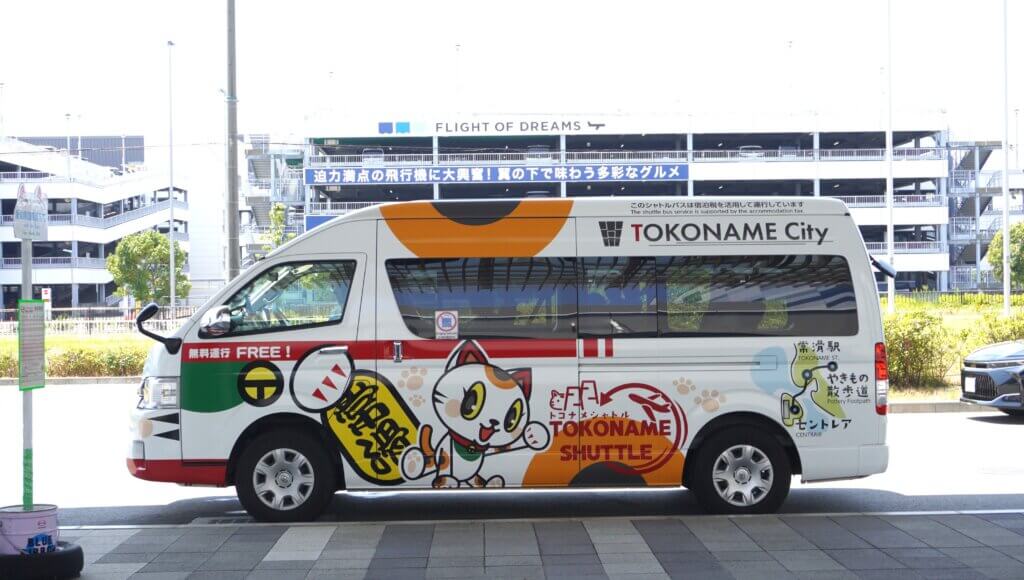
Tokoname is broadly divided into two main areas: the Airport Island and the City Center. Linking these two zones is the Tokoname Shuttle, a free bus service that operates daily from 9:40 a.m. to 10:00 p.m. The service provides easy access between hotels, event venues, and sightseeing areas—ideal for after-convention activities or excursion programs.
Active MICE Promotion Led by the Tokoname Tourism Association
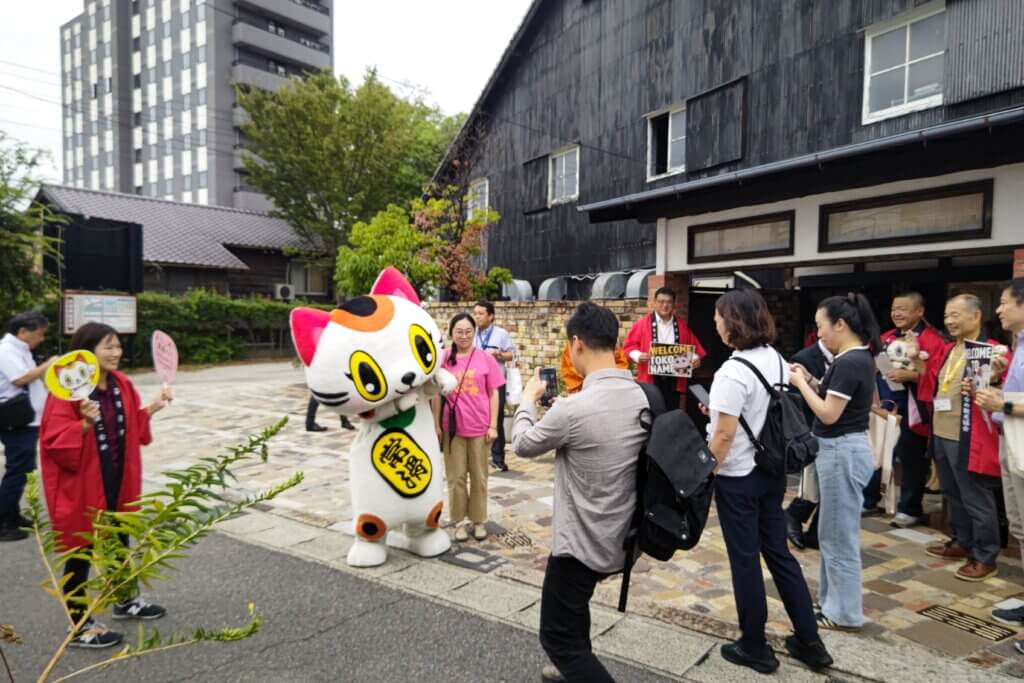
The Tokoname Tourism Association positions MICE attraction and support as a key pillar of the city’s regional revitalization strategy. In collaboration with Aichi Sky Expo, the association works closely with local government bodies, businesses, and community organizations.
Stakeholders including the city administration, tourism association, chamber of commerce, accommodation providers, restaurants, souvenir shops, sake breweries, and Aichi Sky Expo regularly convene stakeholder meetings several times a year. These discussions strengthen cooperation across sectors to provide seamless and welcoming experiences for MICE organizers and participants alike.
-
Aichi Sky Expo in Tokoname, Aichi: A Premier Venue Directly Connected to the International Airport with One of Japan’s Largest Exhibition Spaces – Introduced from a MICE Expert’s Perspective
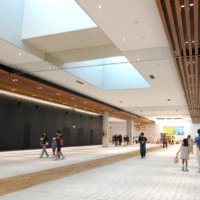
-
[On-site Report from Korea] KOREA MICE EXPO 2025 Held at COEX, Seoul, November 3–5 — The Power of Korea’s United MICE Industry and a Look at the Event as a Whole
